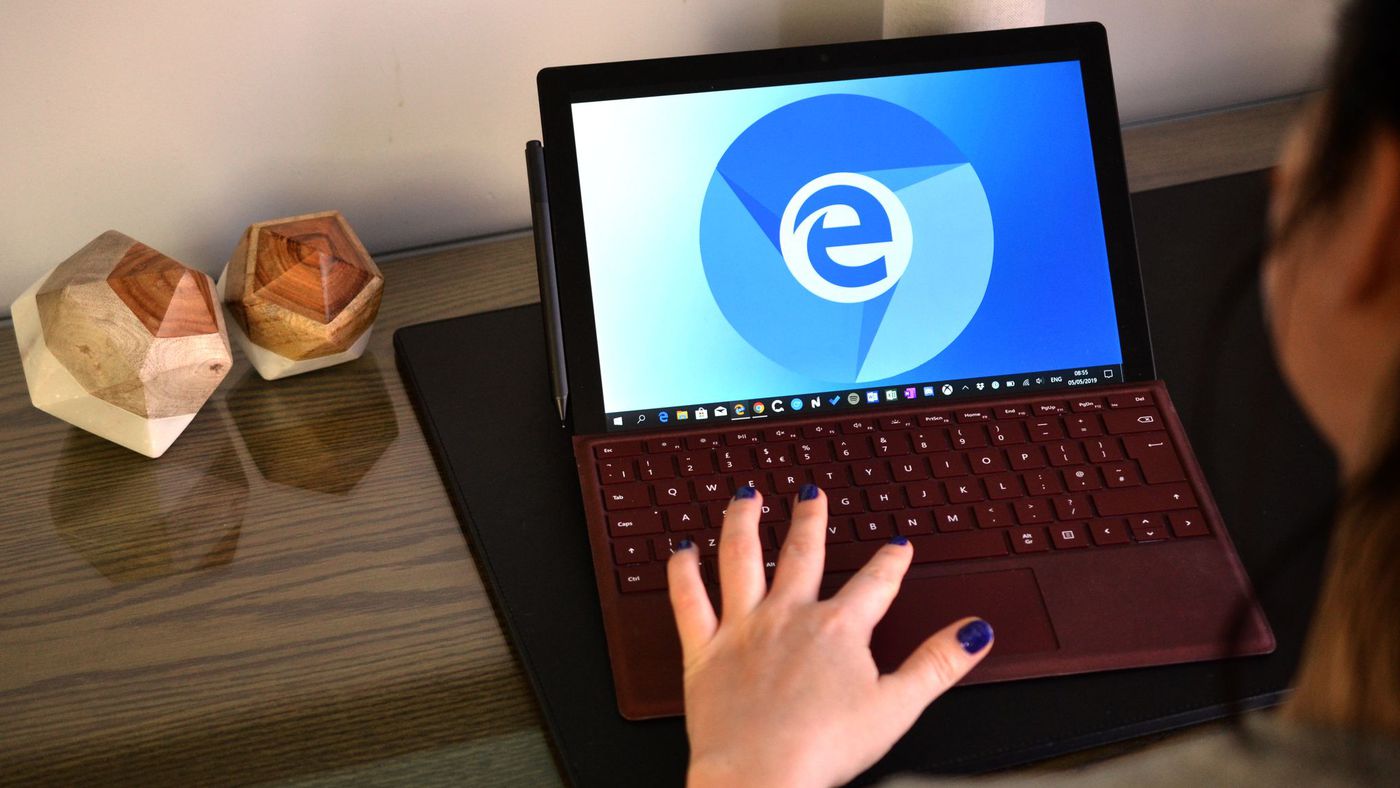Press Release
Borussia Dortmund drew with Bayern Munich by 2-2 in the Bundesliga

On Saturday, in the Bundesliga, Borussia Dortmund drew with Bayern Munich by 2-2. It was a dramatic match, in which, in the last, Dortmund’s players scored two goals, snatched the victory from Bayern, and ended with a 2-2 draw.
The match occurred at the Signal Iduna Park in Dortmund, where more than 81k crowd came to see the game.
In the 2-2 draw, Bayern’s Leon Goretzka scored the first goal for his team in the 33rd minute, and Leroy Sané scored the second in the 53rd minute. The game was in Bayern’s hand until Dortmund’s scored two late goals.
Dortmund’s young player Youssoufa Moukoko scored the first goal in the 74th minute and became the youngest scorer in history at 17. Anthony Modeste, who was under massive criticism after replacing the ailing Sébastien Haller, scored the second goal in the 90th minute, which was the match-changing.
After this match, Dortmund stands fourth in the league’s point table with 16 points, while Bayern stands at 3rd with 16 points.
In the first half, Dortmund’s players failed to score and lead the display, but in the second half, they changed the losing game into a draw. In the 90th minute, Bayern’s Kingsley Coman was sent off and ended the game with ten men.
In the 83rd minute, Dortmund’s Modeste made a try, but the goalkeeper managed to claw away, and in the next chance, Modeste finally scored and saved his team from losing the game.
Press Release
STARTUP HIP, A MOVILITY-AS-AS-SERVICE APP CONNECTS COMMUTERS WITH THIRD-PARTY BUS AND SHUTTLE OPERATORS, SAYS THAT IT RAISED $12M AND ADDED B2B SERVICES (KIRSTEN KOROSEC/TECHCRUNCH).

Mobility-as-a-service startup Hip, an app that connects commuters with third-party bus and shuttle operators, says it has raised $12M and added B2B offerings — Nearly a year ago, the spread of COVID-19 ended the daily commute for millions of Americans, an abrupt change that sent the ridesharing industry into a free fall.
Press Release
4 Movierulz Vpn

This is where you can find some resources that provide in-depth information if you’re looking for [kw].
FilmyZon – 4movierulz.vpn
Mar 12, 2022 · 4 Cruoz.com Review of Movierulz VPN. Apr 17, 2021 · a world-wide VPN network. The majority of servers are free to use, and you can switch servers whenever you choose by clicking the flag. With this free VPN for life, you may now use Movierulz to download your favourite and most recent movies. – download telugu movies from the movierulz app. – Unblock movierulz and any other website.
4movierulz Vip Or Vpn – FilmyZon is available at https://superfanline.com/4movierulz-in-vpn
Mar 12, 2022 · AH2TIP Movierulz.vip or Vpn Feb 03, 2022 · If you want to download a movie from this site, you might wonder whether 4Movierulz is secure. It is a website that offers pirated content, as you are now aware. As a result, you are not allowed to browse the website because the content is illegally copied. As a result, downloading anything is prohibited.
In essence, a lot of us are unaware of vpn. A VPN, in its simplest form, offers an encrypted server and conceals your IP address from businesses, authorities, and would-be hackers. When using shared or public Wi-Fi, a VPN secures your identity and keeps your data hidden from snooping online eyes. for greater clarity
Press Release
Microsoft is working to move Edge to a common codebase for desktop, Android, and iOS versions later this year, according to the IGNITE session video.

Microsoft is working to move Edge to a common codebase for the desktop, Android, and iOS versions later this year, according to a slide from an Ignite session video. Microsoft has been adding a lot of helpful features to its Chromium-based Edge browser, with the most recent round of updates bumping…
-

 Social Media10 months ago
Social Media10 months agoWho is Rouba Saadeh?
-

 Apps10 months ago
Apps10 months agoWhy is Everyone Talking About Hindi Keyboards?
-

 Social Media10 months ago
Social Media10 months agoMati Marroni Instagram Wiki (Model’s Age, Net Worth, Body Measurements, Marriage)
-

 Entertainment10 months ago
Entertainment10 months ago12 Online Streaming Sites that Serve as Best Alternatives to CouchTuner
-

 Apps10 months ago
Apps10 months agoThings you need to know about Marathi keyboard today
-

 Apps10 months ago
Apps10 months agoStuck with Your default Bangla keyboard? Isn’t it time for a change?
-

 Entertainment10 months ago
Entertainment10 months agoMovierulz Website: Movierulzz 2021 Latest Movies on Movierulz.com
-

 Social Media10 months ago
Social Media10 months agoBrooke Daniells: Everything About Catherine Bell’s Partner






